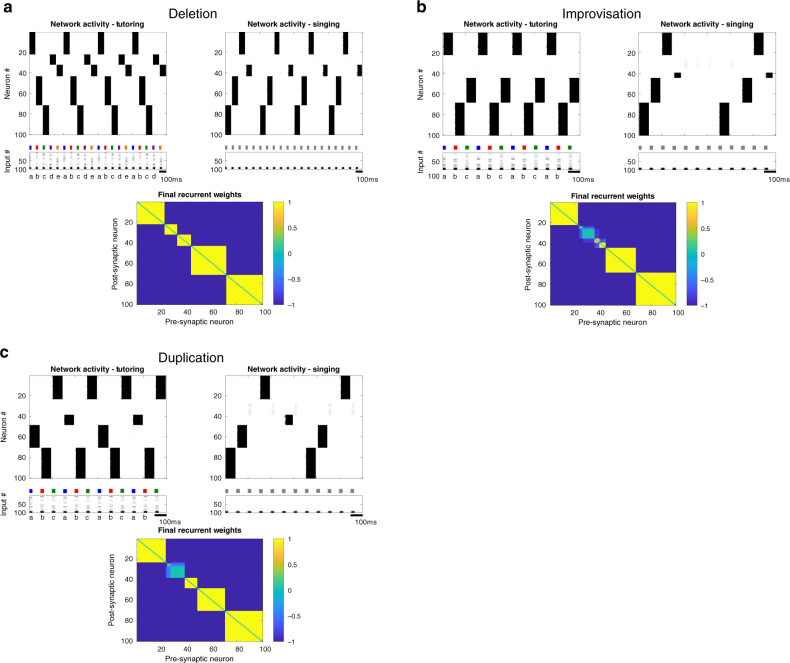Fig. 9. NIf model recapitulates interesting failure modes of vocal learning.
Under some circumstances, the model demonstrated failures of imitation, including deletion of a tutor syllable, improvised syllables, and duplicated syllables. Network activity during tutoring and singing, and final weight matrix, are shown for several interesting cases: a A case in which the network failed to reactivate, during the singing phase, an ensemble formed during tutoring (deletion). In this example, the network was tutored with five syllables. The network produced five ensembles during tutoring, but only four are successfully activated during singing. b A case in which the network spontaneously generates an un-tutored syllable during the singing phase (improvisation). Here, the network was tutored with three syllables. All three corresponding ensembles are activated during singing, as well as a fourth ensemble corresponding to leftover NIf neurons. c A case in which the network creates two distinct ensembles corresponding to the same tutor syllable (duplication). Here, the network was tutored with three syllables (‘a’, ‘b’, and ‘c’). The network formed two different ensembles for tutor syllable ‘a’ (neurons 49–70, and neurons 39–48), activated on alternate presentations of the syllable ‘a’. These two distinct ensembles are both replayed during singing, and in our model, would drive the formation of two different syllable sequences in HVC.

